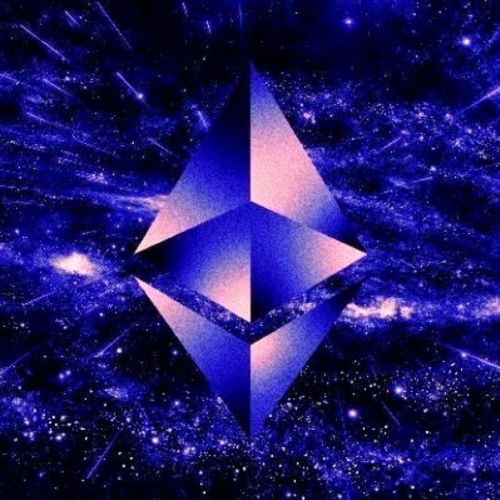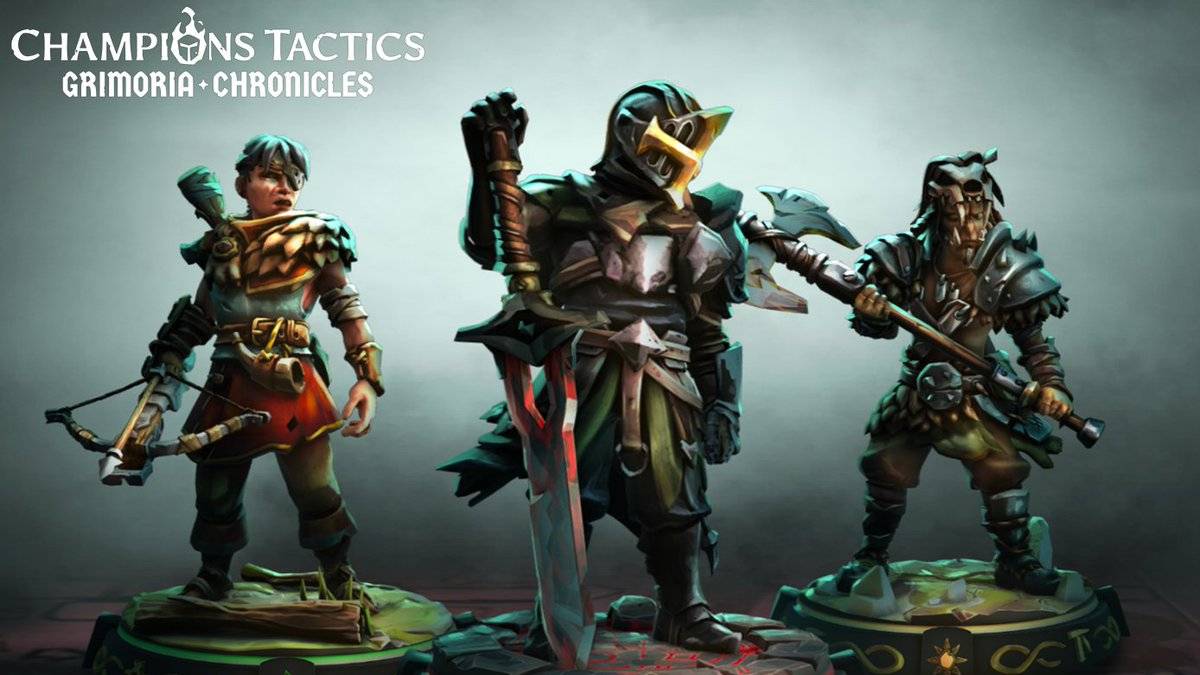Welcome to the September edition of BlockchainGamer.biz’s regular Mavens group. If you’d also like to join the discussion, please contact [email protected]
Some argue that NFTs in games never panned out. To this end we asked our panel of blockchain gaming pundits:
In terms of gaming, do you think NFTs are dead?
David Amor – CEO, Playmint

I feel sorry for NFTs. They’re a humble technology primitive that have been co-opted as a symbol of what many people hate about blockchain. To me, having an emotional response to NFTs makes as much sense as having an emotional response to an HTML document – don’t blame the primitive, blame the content!
But perhaps the ship has sailed and NFT has become too much of a four letter word. My guess is that NFTs will continue to exist, but we’ll find another term to describe them.
Mike Levine – Founder, Mystic Moose

It’s crucial to acknowledge the speculation that often surrounds this space. Many discussions tend to focus on short-term price fluctuations and market trends, which can overshadow the genuine value that NFTs can bring, especially in the gaming industry.
At Planet Mojo, we believe in building strong fundamentals and providing meaningful use cases for NFTs that enhance the gaming experience: by integrating NFTs into gameplay, we empower players with true ownership of their digital assets, create engaging economies, and foster communities that thrive on collaboration and creativity.
As we move forward, our commitment is to shift the narrative from mere speculation to tangible value, showcasing how NFTs can revolutionize gaming and provide lasting benefits for players.
Tony Pearce – co-founder, Reality+

Whilst active users in web3 games is still relatively small compared to web2 games, in-game NFTs are far from dead. Many developers and platforms are still actively exploring ways to integrate NFTs into games to enhance player ownership, digital economies, and in-game assets.
The technology is still evolving, and as the gaming industry continues to experiment, we will see innovative games and well known IP appealing to both players and developers. NFTs will continue to play a role in shaping the future of gaming.
Robby Yung – CEO, Animoca Brands

While “NFT’s are dead” makes for a pithy sound byte, I think that’s all it is, really. If we think about the innovation NFTs represent, it’s the ability for us, as game developers, to tokenise playable assets in our games as unique items, thereby conferring true digital ownership over them. That’s huge, and it’s not going away.
Players and developers can all debate good and bad examples of how the technology has been used in various games, just like most people have personal preferences regarding specific game titles, and this is healthy. However, I don’t think that anyone can argue that owning assets in games is a bad thing, and anything that can further that aim for the benefit of players is most definitely a good thing.
Christina Macedo – CEO, PLAY

NFTs are often seen just as collectibles, but what can it actually do for gamers?
At PLAY, our vision is to transform gaming into a more immersive, interactive experience where players become creators who benefit from their in-game environments and communities.
Imagine that in your game, the items that you create and the achievements that you obtain hold real-world value. They travel with you across games and platforms. They help build your digital onchain identity. You have true ownership of these things and tangible stakes within your favourite games. Do you feel a deeper sense of engagement and attachment to the game? Is your gaming experience richer and more personalised? This is thanks to NFTs, offering new layers of interactions and community involvement.
NFTs are far from dead. We’re just scratching the surface of their potential.
Jacobc.eth – Co-founder, HyperPlay

NFTs in gaming are still one of the most popular use cases for on-chain gaming, but they’ve become ubiquitous and are not marketed in the way that “profile picture NFTs” were during past cycles.
NFTs with real, tangible benefits to gameplay continue to accelerate a major shift in how people perceive and interact with digital game worlds. The key lies in creating value beyond mere ownership and artificial scarcity.
Consider the example of XOCIETY, a web3 game that utilizes NFT-based skins and UGC, allowing players to truly own their characters and transfer them between compatible games. High-stakes extraction shooter gameplay allows players to risk their NFTs and assets in order to earn more in highly competitive matches. Assets from other gaming universes, like Pudgy Penguins, are playable characters within the game. This is more than just cosmetic; it’s giving players across the decentralized web a genuine stake in the game world.
The future belongs to those who can harness the technology to foster a deeper connection between players and the virtual worlds they inhabit.
Jamie King – Rockstar Games co-founder and advisor at Metacade

Although the word ‘NFT’ no longer holds the same allure for traditional audiences, the principles of what an NFT represents in gaming – true ownership, provable scarcity, and innovative player engagement – are far from dead. They’re evolving.
The initial hype might have subsided, but what remains is a powerful tool for building a new era in gaming where players are active participants in the ecosystem, not just consumers. At Metacade, we see NFTs as the backbone of this exciting future.
Sicco Naets – Head of ecosystem dev, Moonbeam Foundation

I still see significant interest in NFTs from game studios. It’s not a surprise – game development is capital-intensive, and NFTs offer a way to generate pre-launch buzz and funding. However, the value proposition for gamers is much less clear.
So far, game developers have mainly experimented with two NFT use cases:
- Cosmetics: Using NFTs to sell in-game cosmetics.
- In-game progress: Tracking items, upgraded characters, or achievements through NFTs, which serve as bragging rights.
Traditional gaming already offers ways to show off cosmetic items and progress through platforms like Steam, Xbox, and PlayStation. So, for many gamers, NFTs don’t provide a groundbreaking difference. The concept of reselling NFTs after you exit a game is even more problematic. If someone can just buy their way to power by purchasing rare NFTs from exiting players, it erodes the game’s integrity.
Don’t blame the primitive, blame the content!
David Amor, Playmint
Where NFTs could offer something genuinely exciting is cross-game compatibility. This isn’t a new idea, yet, we haven’t seen much movement. Why? Many web3 game developers need NFT sales just to launch an alpha or beta. These studios don’t have the bandwidth or resources to make cross-game NFTs happen.
What we need is a third-party entity to step in. Imagine a recognizable someone paying for a recognizable IP like Star Wars or Pokemon and using that to launch an NFT collection. A portion of the sales could be reserved for game studios willing to support the collection. For gamers, this setup would be even better. The NFTs they purchase would have guaranteed utility across multiple games, increasing their value.
Another interesting angle is the enforcement of royalties. While royalties are a clear benefit for NFT creators, they’re tough to enforce. Nothing stops someone from selling an NFT outside the official marketplace or bridging it to another chain to avoid fees. But with cross-game NFTs, this dynamic changes. Game studios could verify whether royalties have been paid and deny access to players who haven’t.
Despite the challenges, I’m confident we’ll see teams start to realize the potential of cross-game NFTs. NFTs in gaming aren’t dead – they’re just waiting for the right framework to unlock their full potential.
Sam Barberie – Head of strategy and partnerships, Horizon Blockchain Games

This is a great question that brings up more questions. Are we talking about:
- NFTs as in generic PFP projects that hope to back their way into relevance and utility with a game?
- NFTs and NFT speculation as the sole mechanic for a “game?”
- Secondary NFT trades as the primary revenue driver for a game?
If it’s one of those, I sure hope gaming NFTs are dead forever.
The reality, however, is that gaming NFTs are proliferating at a higher rate than ever, just not with the signals (read: sky-high secondary trades) that we’ve seen in the past. By the logic of open market prices as our barometer for success, it’s equally fair to say that gaming tokens are dead, too. Part of this is because we’re still in the doldrums between content rollout cycles and live, full-featured games. It’s also a reality that the market is going to shift toward primary sales as the main revenue driver, with secondary providing a long tail of incremental revenue. This means we’ll have to change how we measure and understand the success of gaming NFTs. That said, gaming NFTs are everywhere, and so are their more scalable cousins, SFTs (aka ERC 1155, the standard co-authored by Sequence that is the go-to for all non-1:1 game items). Ubisoft just sold out a collection for Champions Tactics in under 5 minutes. Pixels is rocking the Ronin world with an NFT-heavy experience.
Of course, web3 enhanced games don’t require NFTs necessarily, but NFTs are tangible assets in a way that tokens and on-chain behind-the-scenes actions aren’t. I think gaming NFTs are a far cry from being dead, they just have to start being applied in more meaningful ways.
Quinn Kwon – Head of web3 strategy, Delabs Games

We don’t believe NFTs are dead for gaming. In fact, we think NFTs, with their ability to enable transparent trading, remain one of the most critical aspects of blockchain integration in gaming. Since item trading and marketplaces have long been part of the gaming world, it makes sense to integrate them onchain. However, there are still a few challenges to overcome, which is likely why no successful case of NFT integration in games has emerged yet.
One common mistake is either putting too many or too few items onchain. The balance should be tailored to the game’s genre and the needs of its users. Some games aren’t complex enough to support a robust NFT ecosystem, leading to failure when they force NFTs into the mix. Others restrict supply too much, making it difficult for new users to join.
Another issue is the game itself. In traditional gaming, marketplaces and trading only thrive when there’s a large enough user base. Many projects focus too much on NFTs and trading mechanics before developing a strong player base or a solid game. The key is to first create a great game, then build an NFT-based trading ecosystem driven by live operations and user demand.

